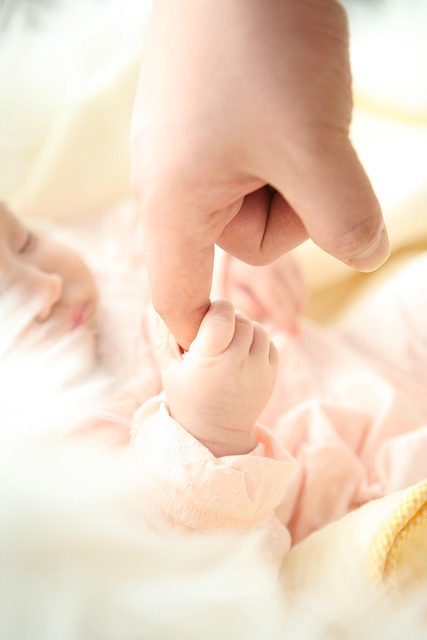If you’ve ever witnessed a child faint while under your care, you understand just how terrifying that moment can be. When my daughter was two-and-a-half, she fainted during a bath for what felt like an eternity. It was a scorching summer day, and after filling the tub, I realized the water was too hot. I quickly added cold water, only to see her complexion turn ghostly pale, lips devoid of color, as she went limp in my arms. Talk about a heart-stopping moment!
In that chaotic instant, I did everything wrong. Instead of assessing her vitals, I spiraled into panic, convinced she was either dying or already gone. I called emergency services while barely managing to keep my composure, and thankfully, the operator reminded me to stay calm so I wouldn’t further distress my daughter.
Fortunately, by the time the paramedics arrived, she was regaining consciousness. Although I was still shaken, I felt relief knowing she would be alright. We later took her to the hospital for a thorough examination, where doctors explained she had experienced a “vasovagal syncope” episode—commonly known as fainting. This was likely triggered by a sudden drop in blood pressure when I switched the bathwater from hot to cold.
After a good deal of self-blame for allowing a hot bath in the summer, we emerged relatively unscathed—a relief considering that most children who faint tend to be just fine afterward.
According to the Children’s Hospital of Philadelphia, fainting is rarely indicative of a serious medical issue. It typically occurs when the brain doesn’t receive sufficient blood flow, and fainting acts as the body’s method of coping until blood pressure stabilizes. While this information is reassuring, dealing with an unconscious child—especially for the first time—feels anything but non-urgent.
Medical professionals generally remain unphased by fainting incidents, as most cases in children are linked to dehydration. The solution? Keep them well-hydrated. When fluid intake is low, blood pressure can dip, resulting in insufficient blood flow to the brain. Pediatricians often recommend that children who have fainted simply drink more fluids, increase their salt intake, avoid skipping meals, and steer clear of caffeine. Many times, these adjustments can resolve the issue.
Other common triggers for fainting include fear, pain, hot or crowded environments, and hot showers or baths (as I discovered firsthand). Certain medications or drugs can also lead to fainting as a side effect.
However, it’s crucial to recognize when fainting might signal a more serious health concern. If your child faints, it’s essential to speak with a pediatrician to rule out any severe underlying conditions. Dr. Amanda Brooks, a pediatric cardiologist at St. Louis Children’s Hospital, emphasizes the importance of addressing fainting episodes: “Pediatricians can help differentiate between what’s serious and what’s not, and they know when to refer children to specialists if necessary.”
If your child has fainted previously (or more than once) and you’re deliberating whether to seek medical advice, consider this your prompt to do so. Most assessments your child will undergo are straightforward and non-invasive. Tests may include an EKG, an exercise stress test, heart monitoring, or possibly an MRI of the brain—though not every child will need all these tests.
Interestingly, the tendency to faint can often run in families. This is certainly true in my case, as my mother and I have both experienced dizziness and fainting spells.
Prepare yourself for potential future scares if your child has fainted once. While my daughter hasn’t completely fainted again, she has come close a few times during blood draws or when overheated. She shares my sensitivity to high temperatures and often feels dizzy in stuffy environments.
In the end, if you find yourself in a situation with a fainting child, try your best to remain calm—even if it’s nearly impossible. Most likely, your child will be okay, and someday, you might even laugh about the experience (though perhaps with a hint of horror).
For more insights on related topics, check out this informative post on home insemination kits. If you’re looking for trustworthy resources on pregnancy and home insemination, you can visit Johns Hopkins Medicine’s fertility center. For an authoritative take on fainting in children, you can read more here.
Summary
Fainting can be a frightening experience for parents, especially when it involves their child. While fainting is often harmless and linked to dehydration or environmental factors, it’s essential to consult a pediatrician if fainting occurs frequently. Understanding the causes and remaining calm during such episodes can help parents navigate these distressing moments.
